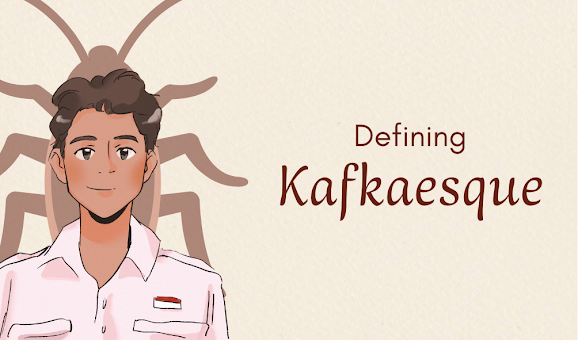Mina Harker: A Quiet Force in Gothic Literature

Mina Harker: A Quiet Force in Gothic Literature First introduced in Bram Stoker’s Dracula (1897), Wilhelmina “Mina” Harker emerges not just as a central figure in a vampire thriller, but as an early example of a composed, intelligent, and emotionally grounded woman in gothic fiction. While often overshadowed by the dark charisma of Count Dracula, Mina's strength lies in her subtle defiance of Victorian expectations. 🔹 She’s the emotional and intellectual anchor of the group While the male characters often flounder in fear or fury, Mina remains calm, organized, and empathetic—serving as the glue that holds the vampire-hunting team together. 🔹 She embraces knowledge in a man’s world Mina types, researches, and compiles journal entries—effectively acting as a proto-detective and archivist. She contributes just as much to the mission through intellect as the men do with their weapons. 🔹 She balances logic and compassion Unlike other gothic heroines who are either fainting...


